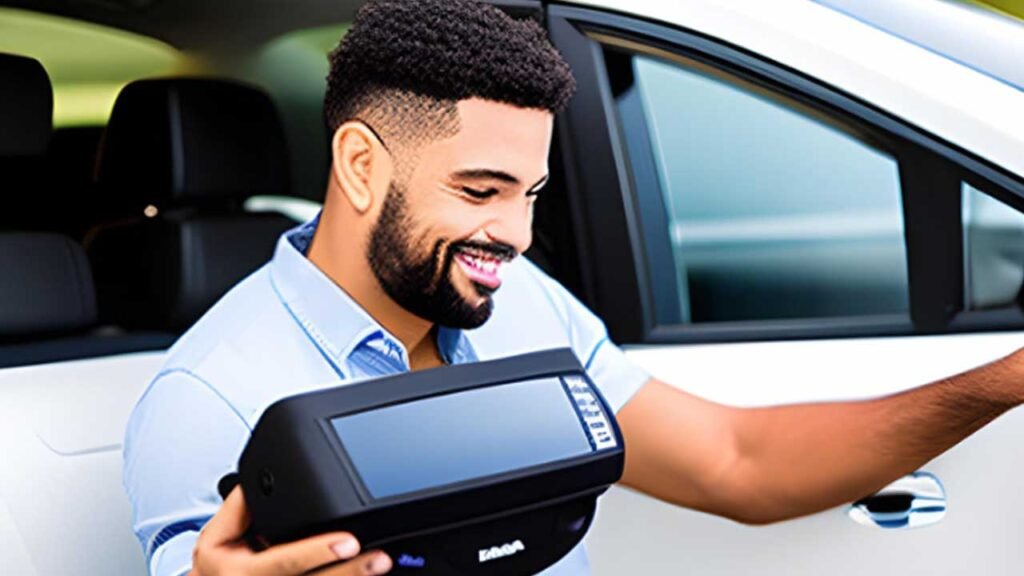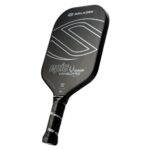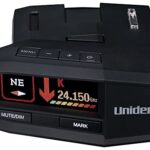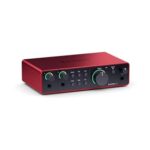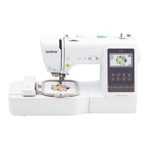Disclaimer: We may earn affiliate commission from qualifying purchases at no extra cost to you.
An OBD2 scanner is a diagnostic tool used to diagnose and repair engine issues in vehicles that are equipped with an On-Board Diagnostics II system. It can be plugged into the vehicle’s data port, which is usually found under the dashboard or near the steering wheel. To use an OBD2 scanner, begin by turning on your vehicle and plugging it into the OBD2 port.
Next, power on the scaner device and follow its instructions for connecting to your car’s onboard computer via Bluetooth or USB cable. Once connected, you will need to select what type of information you want to read from your car’s computer – this could include error codes, fuel economy measurements, emissions tests results etc. Depending on what type of issue you are having with your vehicle (i.e., check engine light comes on), running certain diagnostics tests may help identify exactly what needs to be fixed in order to get back up and running properly again.
- Connect the OBD2 Scanner Tool to the Car’s Diagnostic Port: Begin by locating your car’s diagnostic port, which is typically located under the dashboard on the driver side of your vehicle
- Once you have found it, plug one end of your OBD2 scanner tool into this port
- Turn On Your Ignition and Select Vehicle Info: After connecting the device to your car, turn on your ignition without starting up the engine
- This will power up both devices and allow them to communicate with each other properly
- Then use the buttons or touchscreen on your OBD2 scanner tool to select options such as “vehicle info” from its menu screen in order to access specific information about certain systems within the vehicle
- Choose a System for Testing: From here, you can then choose a system that you would like to test- for example, if you are trying to check why an engine light has come on in your dash display even though there doesn’t seem to be any issue with running quality or performance- then you can choose “engine” as an option from these menus in order to get more information about what might be wrong inside this area of the car itself
- Run a Diagnostic Test: Now that you are ready run a diagnostic test, press ‘ok’ or another appropriate button depending upon which model of device that you own; once pressed it will start searching through various codes related specifically towards whatever system was chosen earlier in order find out what is causing any issues within that particular subsystem
- Obtain Results & Take Necessary Actions: Finally after completing these tests successfully and obtaining results from them , take necessary actions based off those results (for example resetting airbag control module)
How to Use an OBD-II Scanner
How to Use Obd2 Scanner Bluetooth?
An OBD2 scanner Bluetooth can be a great tool to help you diagnose and troubleshoot problems with your vehicle. Using an OBD2 scanner Bluetooth is fairly simple; all you need to do is plug the device into your car’s On-Board Diagnostics (OBD) port, then pair it up with your smartphone or tablet via Bluetooth. Once connected, the OBD2 scanner will provide real-time information about any fault codes or engine health issues that may be present in your car, allowing you to take appropriate action before they become major problems.
Can Obd2 Scanner Damage Ecu?
No, a regular OBD2 scanner will not damage the ECU (Engine Control Unit) of your vehicle. The OBD2 scanner is simply a diagnostic tool that reads and interprets data from the ECU, allowing you to detect any problems with your engine or other systems in your car. As long as it is used properly, there should be no risk of damaging the ECU.
How to Use Obd2 Pocket Scanner?
Using an OBD2 pocket scanner is a great way to diagnose problems with your car, as it gives you access to the on-board diagnostic (OBD) system of your vehicle. By connecting the device to the OBD port in your car and running a scan, you can quickly find out what’s wrong with your car and get it fixed. Many of these devices come preloaded with codes that allow them to quickly identify any issue, while others require downloading specific software for more detailed scans.
Once connected, they provide real-time data such as engine revolutions per minute (RPM), coolant temperature readings, and other useful information that can help pinpoint potential issues.
Does Car Have to Be Running to Use Obd2 Scanner?
No, a car does not have to be running in order for an OBD2 scanner to work. As long as the vehicle has power, the scanner will be able to connect and provide diagnostic data. However, some scanners may require that certain conditions are met before they can provide accurate information such as engine temperature or RPMs so it is best to refer to your specific device’s user manual for more detailed instructions.

How Do You Use an Obd Scanner Step by Step?
Using an OBD scanner is a great way to diagnose and troubleshoot any issues with your vehicle, such as check engine lights or other problems. To use an OBD scanner, you will first need to locate the port on your car’s dashboard. The port should be located somewhere near the steering wheel, so look for a small plug-like shape.
Once you have identified it, connect the cable from the scanner into this port. Next, turn on your vehicle and wait until your car’s computer has fully booted up before turning on the OBD scanner itself. After that has been done, select “Diagnose” or similar options from the menu of commands available on most scanners in order to start scanning for codes or faults in your vehicles systems.
From here take note of any error codes detected by reading them off of the display screen and then compare them against those found in a reliable code book or online database for further information about what may be causing each issue detected by your scan.
How Do I Scan With Obd2 Scanner?
Scanning your car using an OBD2 scanner is a great way to diagnose and troubleshoot problems with your vehicle. To begin, you will need to purchase an OBD2 scanner that is compatible with your car’s make and model. Once you have the scanner, connect it to the diagnostic port of your car.
This port can usually be found on or near the steering wheel area in most vehicles. After connecting the device, turn on both the ignition switch of your vehicle and then start up the OBD2 scanner software application. If all goes well, the program should detect any fault codes stored within your vehicle’s computer system which may indicate certain issues such as low engine performance or emissions-related faults.
With this information at hand, you can now use specialized repair manuals or online resources to interpret what these codes mean and figure out how best to resolve them accordingly.
What is the Difference between an Obd2 Reader And a Obd2 Scanner?
An OBD2 reader and a OBD2 scanner are two different types of devices used to diagnose issues in your vehicle. An OBD2 reader is a simpler device that can only read data from the car’s computer and show it on its display. It will not be able to reset any codes or clear any diagnostic trouble codes (DTC).
On the other hand, an OBD2 scanner is a more advanced tool which has both reading and writing capabilities for the car’s computer system. It can read DTCs, as well as store them for future review. In addition, an OBD2 Scanner can also erase these stored DTCs so you don’t have to worry about them again.
This makes it easier to troubleshoot problems quickly without having to take your vehicle into a mechanic every time something goes wrong with your car’s engine or emissions system. Furthermore, some scanners even have additional features like running maintenance checks such as checking oil levels or tire pressure monitoring systems (TPMS). All in all, while both an OBD2 Reader and Scanner are great tools for diagnosing faults on vehicles; they each offer their own unique advantages depending on what type of problem you may be dealing with at the time.
Conclusion
Using an OBD2 Scanner is a great way to find out what’s wrong with your car and how to fix it. It can be used for both basic diagnostic tests and more complex ones, depending on the type of scanner you have. With its wide range of features, an OBD2 Scanner can save you time and money in the long run by helping you diagnose problems with your vehicle quickly and accurately.
If used correctly, it will provide accurate information that will help you make repairs without jeopardizing engine performance or safety.

Meet Jeremy E. Hendley, a seasoned product review expert whose passion for technology, innovation, and consumer empowerment has propelled him to the forefront of the industry. With a keen eye for detail and an insatiable curiosity about the latest gadgets and innovations, Jeremy has become a trusted voice in the realm of product reviews.

